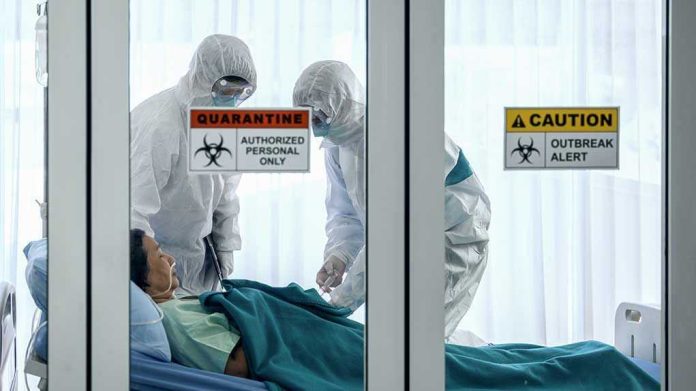🔴 Website 👉 https://u-s-news.com/
Telegram 👉 https://t.me/usnewscom_channel
A travel-associated parasitic threat emerges, placing U.S. agriculture on high alert.
Story Overview
- The U.S. reports its first human case of travel-associated New World screwworm, causing concern for livestock.
- Despite the low public health risk, the case raises alarm for potential economic impacts on the livestock industry.
- Heightened vigilance is underway as the pest spreads northward from Central America.
- No animal cases have been confirmed in the U.S. as of the latest reports in 2025.
First Human Case Reported
On August 24, 2025, the U.S. Department of Health and Human Services announced the first confirmed human case of travel-associated New World screwworm in the United States. The case involves a person who had recently traveled from El Salvador, an outbreak-affected country. Confirmed by the Centers for Disease Control and Prevention on August 4, this incident underscores the importance of ongoing vigilance in tracking and controlling potential biosecurity threats.
Implications for U.S. Agriculture
The New World screwworm poses significant threats to the U.S. livestock industry, which is highly sensitive to parasitic infestations. The pest’s larvae can cause severe economic losses and animal suffering. This recent case, while not directly impacting livestock, serves as a stark reminder of the potential risks. The USDA has responded by enhancing surveillance and border controls to prevent reintroduction and spread.
Despite the confirmation of the human case, no animal cases have been detected in the U.S. in 2025. The USDA has announced expanded plans to safeguard the country, emphasizing collaboration across federal, state, and private sectors. The urgency is fueled by the pest’s northward spread from Central America, prompting increased measures to protect the nation’s agricultural assets.
Public and Industry Concerns
The confirmation of a human case has sparked concern among livestock producers and rural communities. The economic implications could be profound if the pest were to establish itself in the U.S., affecting market confidence and potentially leading to trade disruptions. Public health agencies continue to reassure the public of the low risk to human health, but the focus remains on preventing agricultural impacts.
As federal and state agencies intensify efforts, the livestock industry advocates for transparency and rapid responses to any potential threats. This incident highlights the complex interplay between public health, agriculture, and biosecurity, underscoring the need for vigilant monitoring and prompt action to protect both human and animal health.
Sources:
“`
